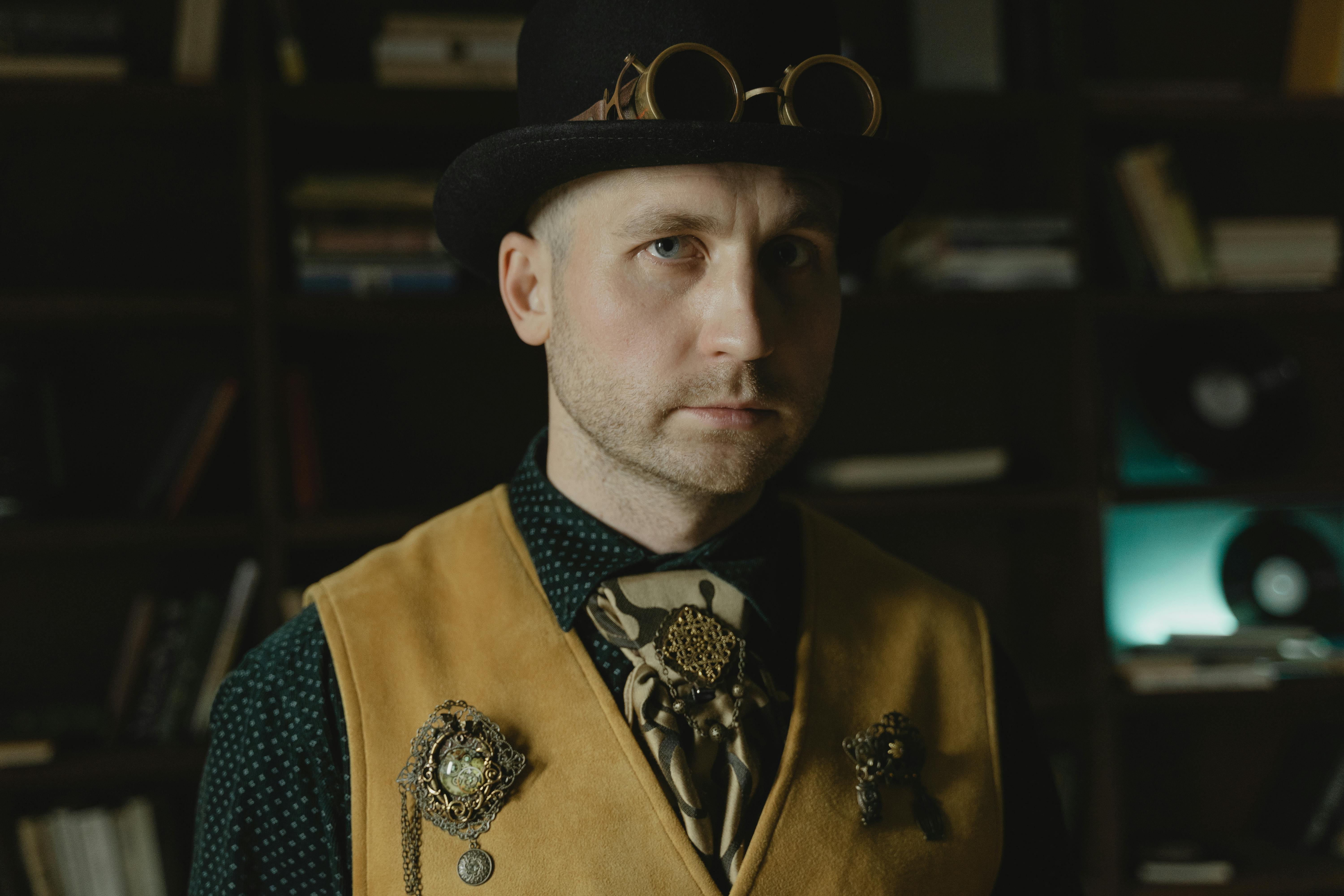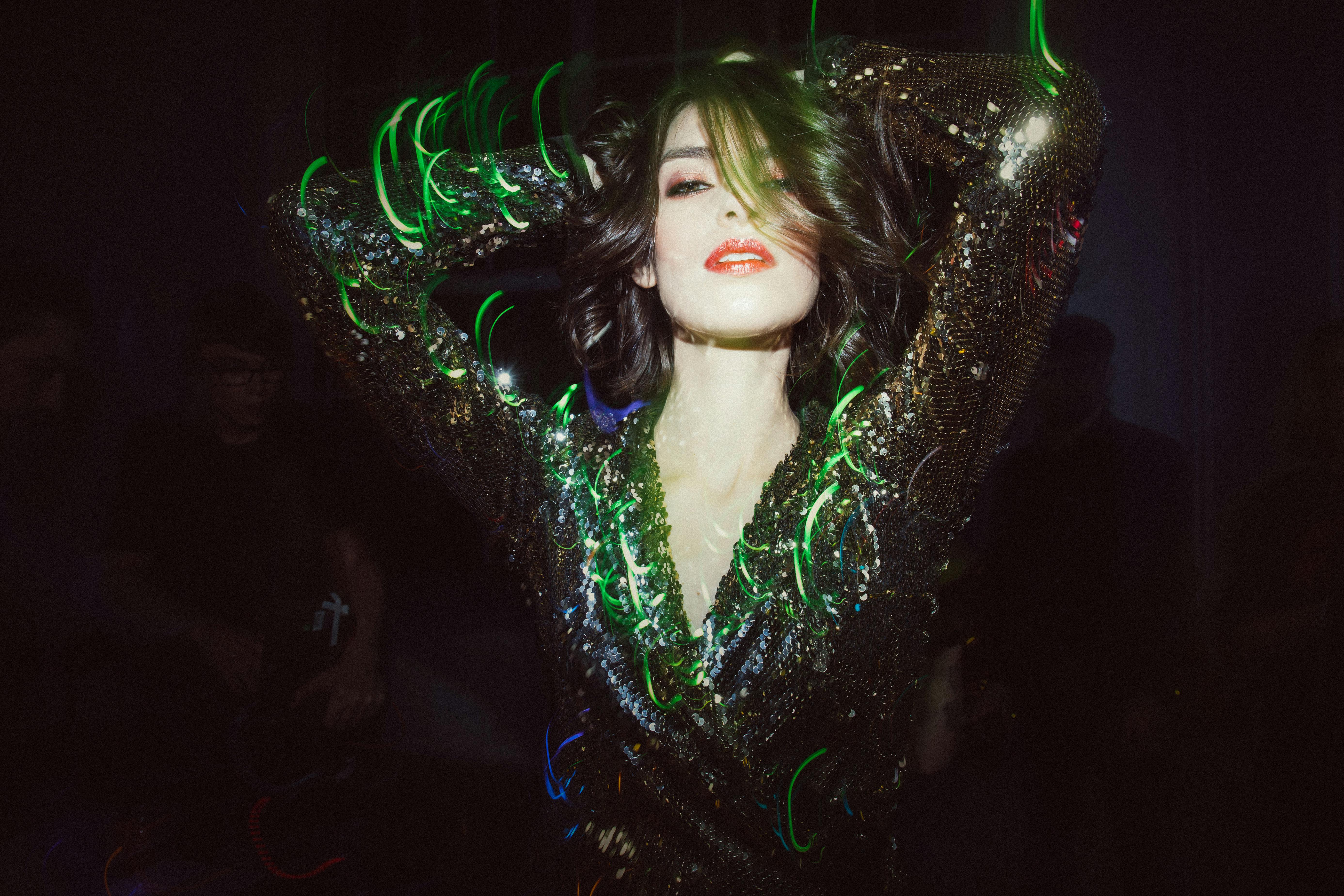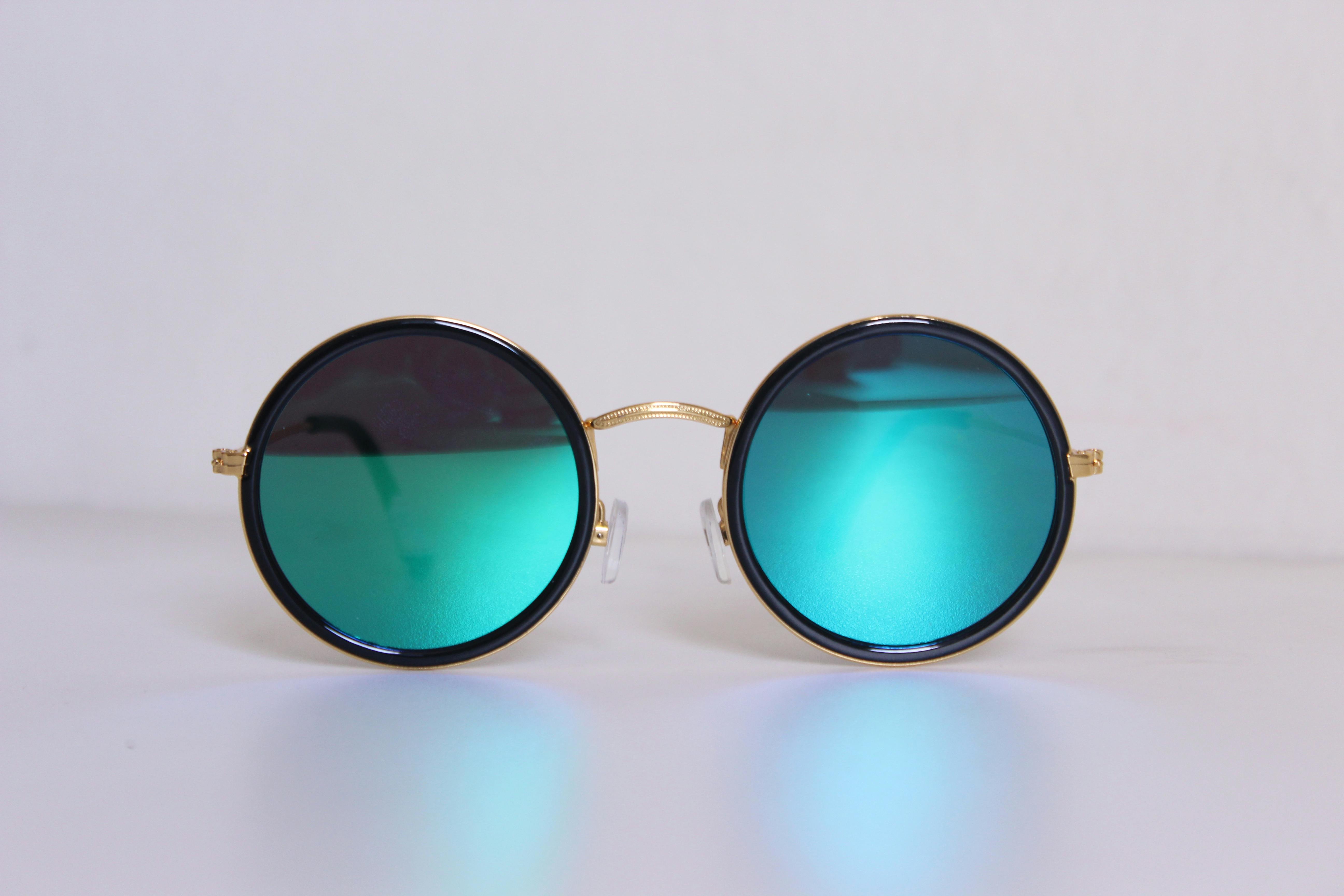John Emary, who was a tailor and businessman, had produced the first waterproof coat fabric in 1851, which was developed for his company’s use, which was renamed Aquascutum, meaning “water shield” after the success of production. Later, during the Crimean War, in October 1853 to February 1856, the British Army wore these coats during the war. During the 1950s, Aquascutum raincoats were made from Wyncol D.711, which is cotton poplin and nylon, which were available in gray, navy, and beige. In 1955, coats were lined in satin and woven fabrics and in the same year a new fashion structure for knee-length coats was introduced. While supplying coats for military use, as mentioned above, Aquascutum also designed and sold waterproof coats for use by civilian men and women. The process of reprocessing raincoats after dry cleaning was phased out in 1959 and the Club Checked for liner coats was launched in 1976-1977. This pattern was used later in the 1980s for Aquascutum accessories.
During 1879, Thomas Burberry invented gabardine fabrics for use in trench coat designs and productions. In 1901, Thomas Burberry submitted his designs to the United Kingdom War Office. Which was later used for military use and in WWII renewed the design to a shorter length and made the coat more practical to allow soldiers with more mobility. When redesigning the trench coat, Thomas Burberry had to ensure that it applied the characteristics required by the coat regulations, leisure wear and the characteristics of the military rain coat. The British Army, but only those with the rank of Class 1 Officers and NCOs used them. The trench coats had shoulder straps for epaulettes, large pockets to store your maps, and flaps and vents to prevent odors. Burberry, like Aquascutum, also designed trench coats for public use and it was suggested that Thomas Burberry was known socially as Burberry because King Edward VII demanded, “Bring me my Burberry.”
On August 29, 1917, the New York Times reported that there was a growing demand for British trench coats in Plattsburg. He also described the change in design, with the trench coat featuring a waist structure that was widened to 84 inches to provide soldiers with more legroom when entering and exiting trenches. They were also reported to be rainproof and had a sheepskin lining that could be removed at will.
In the 1939-1940s, trench coats were designed with ten buttons that gave it that smart militant appeal and were double-breasted. These were produced in tan, khaki, beige, and black. Both designs had belts, suspenders, and suspenders cut into the sleeves.
After World War II, veterans took their coats back home and to campus with them for recreational use, fueling the popularity of wearing trench coats within civil society. Since then the trench coat until today both firms have similar characteristics to the iconic trench coat made in the First World War. Both have raglan sleeves, shoulder straps, waist belts, double-breasted, D-rings (rumored to be used to hold grenades at the time), and the coat lapel feature. The only differences are the manufacture of waterproof cotton that John Emary had patented and Burberry uses the invention of Thomas Burberry’s trench coats in their products.




